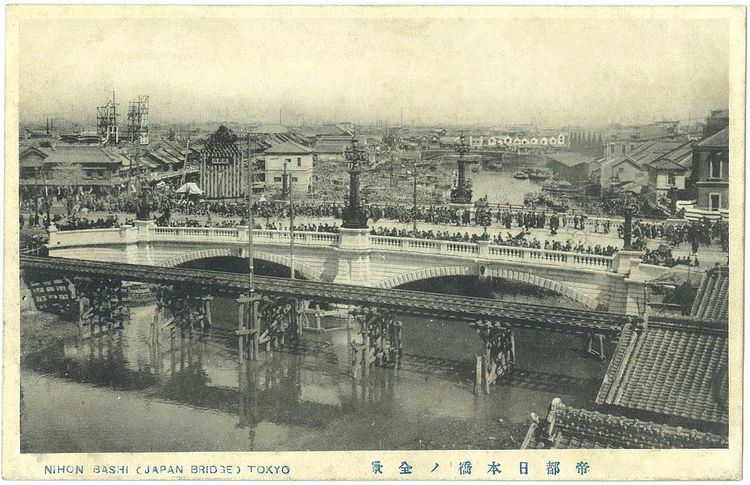Nationality Japanese Occupation Architect | Name Tsumaki Yorinaka | |
 | ||
Born 22 February 1859 ( 1859-02-22 ) Tokyo, Japan Died October 10, 1916, Tokyo, Japan Alma mater | ||
Tsumaki Yorinaka (妻木 頼黄, February 22, 1859—October 10, 1916) was a Japanese architect and Head of the Japanese Ministry of Finance building section in the later Meiji period.
Contents

Credited with the design of many significant Meiji era structures in Japan, notably the Nihonbashi Bridge.
Early life and career
Together with Katayama Tokuma, Tatsuno Kingo, Sone Tatsuzō and Satachi Shichijiro, one of a group of renowned architectural students at the Imperial College of Engineering, Tokyo, and a protege of British architect Josiah Conder.
Tsumaki continued his studies in the United States where he graduated with a degree in Architecture from Cornell University in 1894. He then travelled to Berlin for further study in the same field, working at the same time in the architectural offices of Wilhelm Böckmann and Hermann Ende.
